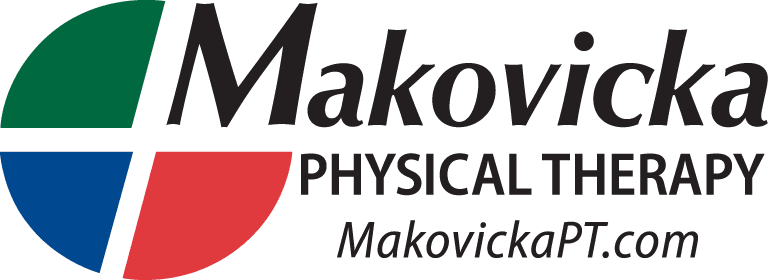Turf toe is one of those injuries that doesn’t seem to go away once it arises. This is a term that the coaching staff never wants to hear because of how much it can affect a player’s performance.
Causes
Turf toe is described as sprains to the ligaments of the big toe. The injury typically is acute and happens when a player is running on an artificial turf field or when excess force is put on the big toe. The artificial turf isn’t as forgiving as regular grass and can grab the cleat not allowing the toe to lift off the ground. This is what increases the risk for injuring those ligaments.
It typically occurs in football players but can also happen to athletes participating in baseball, soccer, gymnastics, dance, and wrestling.
Symptoms
The most common symptoms include pain and swelling at the base of the big toe. There might also be a limited range of motion with the big toe as the ligaments that support it are injured. If the injury occurs suddenly, there may be a “pop” associated with it and can immediately become painful and worsen within the next 24 hours.
Treatments
Since turf toe has the tendency of being an acute injury, the basic treatment consists of the R.I.C.E method.
- Rest: Give yourself time to heal by keeping weight off your ankle. Crutches may help you get around if the pain doesn’t go away.
- Ice: Make sure to ice right after the injury to decrease the pain and swelling. Ice 15-20 minutes every couple hours for the first few days or until pain and swelling has decreased.
- Compression: By using an elastic bandage, you can decrease the swelling. Make sure to start wrapping the bandage at your toes and work your way towards your leg.
- Elevation: Prop your ankle up using a pillow or bolster.
Be sure to check with your physician if you or the coaching staff deems it necessary. They may prescribe over-the-counter medications, as well as time away from practice to allow for the joint and ligaments to heal.
Physical therapy might be advised to regain range of motion and strength in the joint and ligaments of the toe. Not only could this help speed up recovery but it can help prevent Turf Toe from ever happening or happening again.
Sources:
- http://www.webmd.com/fitness-exercise/turf-toe-symptoms-causes-and-treatments
